Without international shipping documents, including customs clearance ternational trade would lack proof of deals, who owns what and compliance with international rules. By using these key documents, it becomes easier for goods to go through borders, as it helps every participant meet both legality and business requirements. Proper management of shipping documents by businesses trading internationally is necessary because it helps avoid delays, lessens expenses and follows the rules.
What Are International Shipping Documents?

International shipping documents, which are considered important shipping documents, are official papers required for the legal transportation of goods across international borders. These documents serve multiple purposes: they provide proof of ownership, detail the contents and value of shipments, ensure compliance with customs regulations, and facilitate payment between trading parties. The complexity and number of required documents vary depending on the type of goods, destination country, shipping method, and specific trade agreements between nations.
Why International Shipping Documents Matter in Global Trade
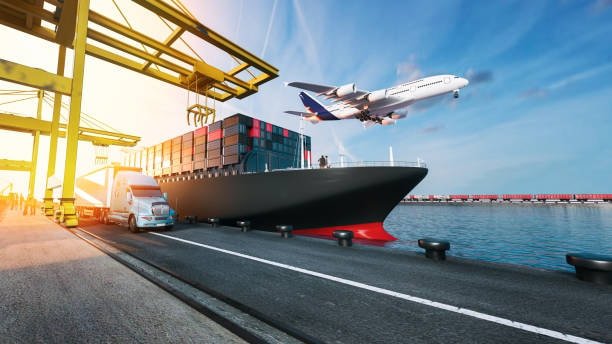
International shipping documents are important papers that are required by law when goods are being taken across countries. Among other things, these documents show that someone owns the goods, reveal the contents and value of the shipments, avoid problems with customs and allow for payment between buyers and sellers. The level of paperwork required for trading goods changes based on the kind of goods being moved, where they are going, chosen shipper and the related agreements between countries.
Commercial Invoice: The Foundation Document

It is extremely important to have the right international shipping documents to facilitate the customs clearance process in this day and age. They provide legal solutions if anything goes wrong in international trade, let all goods be tagged and tracked during transportation and see that all national and international laws are obeyed. Broken or missing paperwork can lead to big delays, more expenses, goods holding or the rejected shipment.
Bill of Lading: Proof of Shipment and Receipt

During international shipping, along with the export packing list the commercial invoice is the main document explaining the transaction between the buyer and seller. The document has information like the seller’s and buyer’s contact details, the goods’ descriptions, how many are bought or sold, their unit price, total value, Incoterms, how the buyer will pay and arrangements for shipping services. Due to its role in letting customs authorities know what duties and taxes need to be applied, a commercial invoice’s accuracy is very important.
Packing List: Detailed Cargo Information
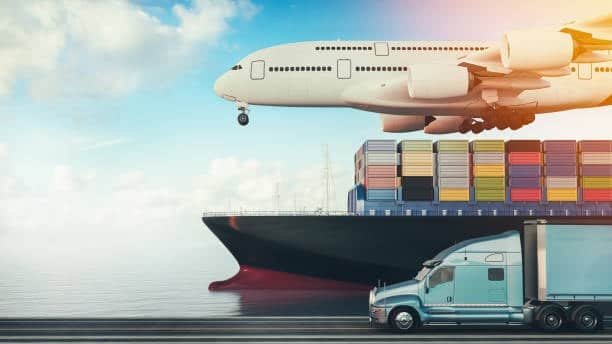
It gives a clear list of what is in every container or package used for shipping. The document lists the number of packages, the dimensions and weight of all packages, along with detailed information complete description of what is inside and the kind of materials used for packaging each product. Because customs officials match the contents of a shipment to other records, it is vital that the packing list is correct and complete.
Certificate of Origin: Proving Product Source
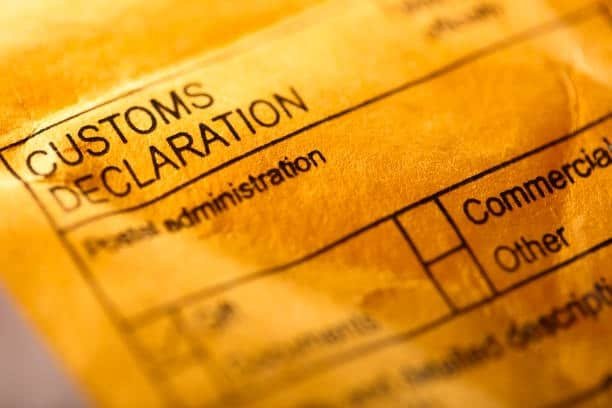
A certificate of origin is a vital document that shows where goods were made or produced. This document helps figure out tariffs, takes part in getting special trade rates and satisfies the import conditions in the country you are sending goods to. Different countries require the certificate of origin to come from chambers of commerce, certain government offices or recognized organizations.
Export License: Government Authorization

With an export license, the government allows companies to export selected products to different countries. Certain items require an export license, as they could be important for national security, the country’s foreign policy or its economic health. Issuing export licenses is different from one country to another and based on goods, so businesses should confirm the need for them before shipping.
Import License: Permission to Receive Goods

Import licenses, like export licenses, are government papers that let goods be imported into a certain country with the assistance of a customs broker . Most of the time, these licenses are needed for items that face restrictions, regulation or limits in the destination country. Import licenses allow the government to manage what goods enter their region and meet the country’s rules and regulations.
Insurance Certificate: Protecting Your Cargo

With an insurance certificate, it is easy to confirm that the goods being shipped are protected by marine cargo insurance. This document lists the kind of protection promised, how much it covers, who the insured people are and the conditions of the plan. Even if not required, it is strongly advised to use insurance certificates for overseas shipments because they cover any losses, damages or theft that may happen during transit.
Customs Declaration Forms: Meeting Regulatory Requirements

You must hand over a customs declaration form at the borders of every country during import and export activities. They give specific details about what is being shipped, including the type, number, worth and the item’s intended usage. Careful filling in the customs declaration forms makes it possible to assess these duties and taxes correctly and comply with all rules.
Inspection Certificates: Quality and Compliance Verification

These certificates show that things have been inspected and that they comply with both quality standards and safety and compliance regulations. The requirement to have these certificates sometimes applies to products such as food items, medical devices and manufactured goods. You should expect an inspection certificate to come from an independent agency or an official government organization.
Health and Safety Certificates: Ensuring Product Standards

Health and safety certificates show that a product is safe, healthy and environmentally friendly according to the rules of the importing country. Such certificates play a key role for food items, drugs, cosmetics and other products that have a direct effect on people’s health and safety. What is needed for health and safety certificates is very different in each country and for different goods.
Dangerous Goods Declaration: Handling Hazardous Materials

If shipments have hazardous or dangerous materials, a dangerous goods declaration is legally required. The details given in this document describe the threat posed, advise on the proper management, outline emergency actions and ensure following of international dangerous goods regulations. Taking care of dangerous goods declarations carefully is necessary for the protection of everyone involved in shipping.
Letter of Credit Documents: Facilitating International Payments
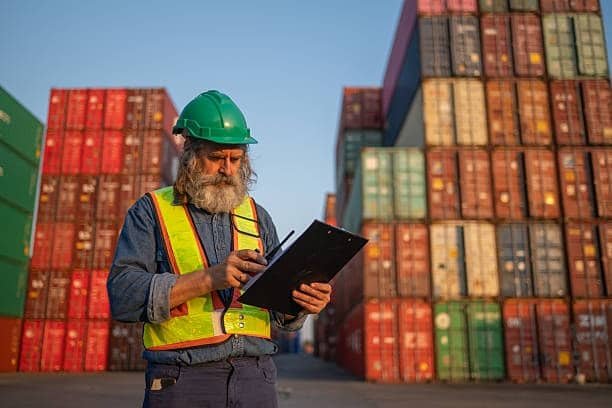
They make sure that the process of international trade is protected by providing payment guarantees in the form of letters of credit. All types of documents needed for letters of credit consist of the letter itself, the documents specified by the terms and certificates and other attestations. They make certain that payment is given after all the terms have been met, so both parties are protected.
Shipper’s Export Declaration: Government Reporting

Every country that exports must submit an export declaration to allow their government to correctly calculate and monitor all exports. It outlines the items being exported from the sender’s country as well as their intended recipient. In America, the Electronic Export Information (EEI) takes over most of the steps on export forms, but shippers are still required to follow these laws.
Dock Receipt: Warehouse and Terminal Documentation

A dock receipt confirms that the shipper has given goods to the ocean carrier or terminal operator for shipping. It proves that delivered goods have been unloaded at the terminal and are ready for next stages. Dock receipts are very important during Less than Container Load (LCL) shipments because many shippers’ goods are joined into one unit.
Delivery Order: Authorizing Cargo Release
It is a paper from the carrier or their employee that lets the consignee collect their goods at the destination. It is generally needed when the bill of lading issued at the port is not available to pick up the goods. By using delivery orders, cargo is released only to approved people and the path of its movement is clearly recorded.
Freight Forwarder Documentation: Professional Service Records

Among its services, a freight forwarder supplies freight forwarding agreements, shipping instructions and cargo manifests. They specify the rules of the agreement, offer instructions on how items are shipped and monitor where the goods are located at every stage of delivery. When you leave the documentation work to GWT Worldwide, you can be certain that everything follows the proper regulations from other countries.
Electronic Documentation Systems: Digital Transformation

With electronic documentation, the shipping process in the industry can improve its work and decrease expenses. More companies are using electronic bills of lading, digital certificates and systems for clearing customs online. They make it possible to process claims faster, counter risks, create less paperwork and increase the accuracy of tracking. Nonetheless, businesses ought to confirm that electronic documents are legally accepted everywhere they are used.
Document Preparation Best Practices: Ensuring Accuracy

You need to pay close attention and be aware of the particular needs, such as obtaining a customs bond, when getting ready for international shipping documents important shipping document. You need to review information for accuracy, comply with the rules of the host country, maintain a good format and save a copy of everything for your files. Teamwork with those who have experience can improve the correctness and adherence of documents free trade agreements.
Common Documentation Mistakes to Avoid
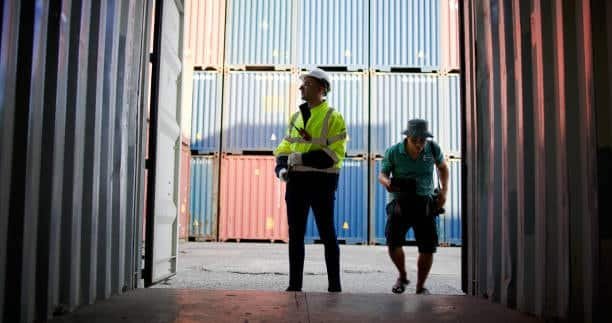
There are various common mistakes that might lead to big issues in the documents used for international shipping. Some of these reasons are providing conflicting information in different documents, missing out on important papers, incorrect description or classification of goods, not filling out customs documentation properly and falling short of the country’s requirements. Being aware of such risks enables businesses to avoid facing serious delays and issues freight shipping.
Country-Specific Documentation Requirements

Every country sets its own requirements for official papers and it is necessary to follow them. Certificates, attestations or hurried documents may be required for people from particular countries international shipments. In addition, various documents must follow distinct formats or appear in specific languages customs invoice. When companies trade overseas, they have to find out what regulations apply in every country they sell to.
Working with Professional Service Providers

A lot of businesses decide to work together with freight forwarders, customs brokers and trade consultants to handle the required paperwork for international shipping air waybill. They are familiar with what documents are needed, keep connections with related agencies and assist in following complicated laws. Shenzhen Guanwutong International Freight Forwarding Co., Ltd. (GWT Worldwide) is among the companies that manage all logistics activities and take care of accurate international documentation shipping destination.
Technology and Documentation Management

Technology plays a bigger part now in handling documents for international shipping. Using document management systems, EDI and working on the cloud allows businesses to handle, supervise and distribute their shipping documents with ease. They make it possible to avoid errors, speed up document processing and see clearly each document’s progress importer security filing.
Future Trends in Shipping Documentation

Going forward, we can expect digitalization’s spread, greater use of blockchain for verifying documents, greater harmony in e-document formats and more computerized handling of documents import regulations. As a result, the shipping documents needed for international trade can continue to be checked safely and perform security and compliance tasks detailed document.
Conclusion
Any business involved in global trade must learn how to handle documents for international shipping. Even though the paperwork for international shipping may be hard to handle, knowing what they are and what is expected helps businesses handle the process well. Relying on skilled logistics companies and updating ourselves on new rules helps us make certain that the required documents are accurate and comply with regulations. With the global economy changing, it will still be necessary to follow proper documentation procedures for successful international trade.

About GWT Worldwide
Shenzhen Guanwutong International Freight Forwarding Co. Ltd. (GWT Worldwide) offers professional logistics services, including global freight forwarding, solutions for supply chains and logistics for cross-border e-commerce. Because of its experience in air freight, sea freight, railway transport from China to Europe, international express shipping, handling customs and Amazon FBA shipping, GWT Worldwide can smoothly ship your goods to any destination across the globe. The emphasis we place on effectiveness, openness and happiness from our customers makes us the preferred partner for worldwide trade.
